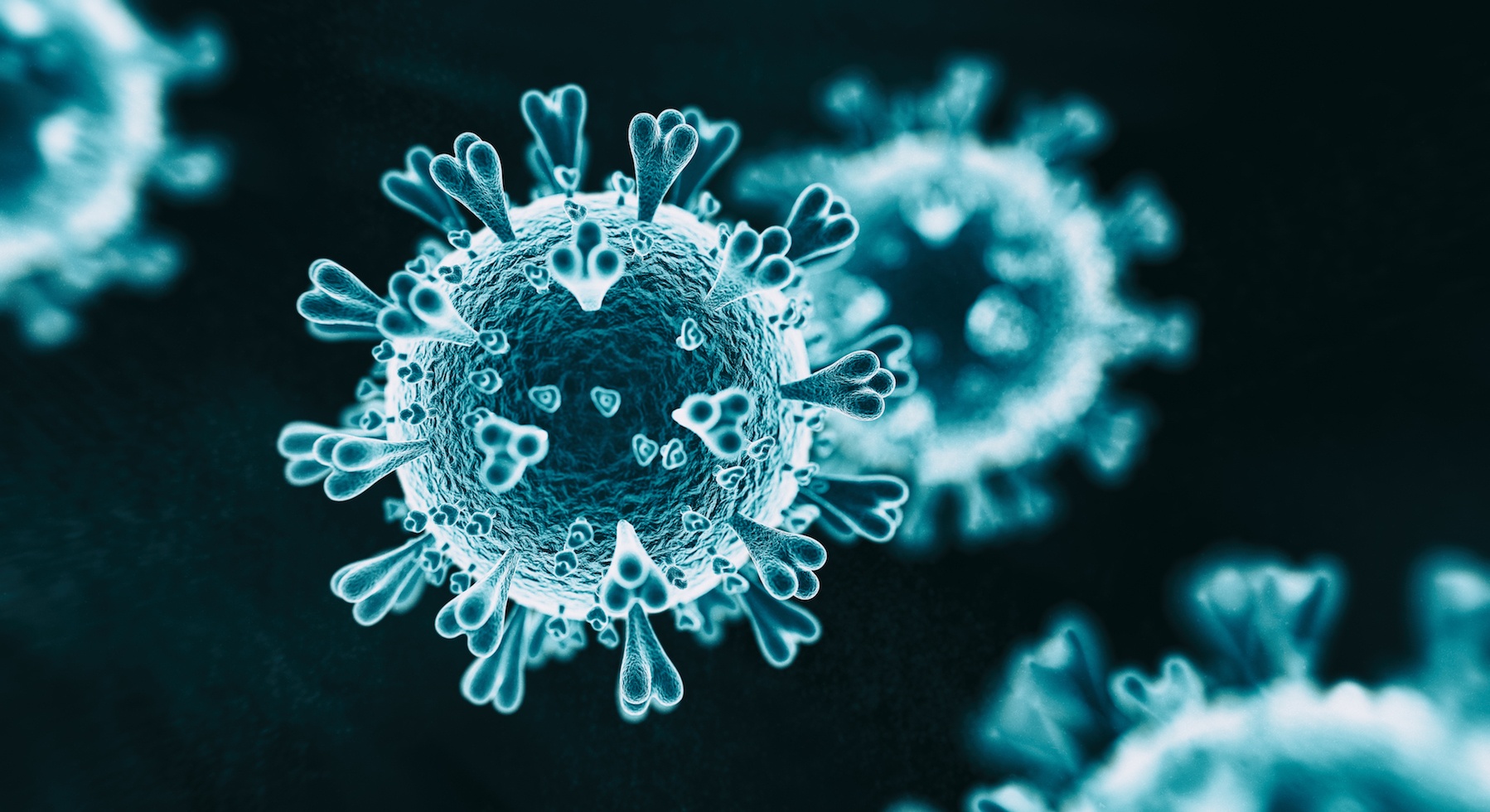Researchers from the University of Oklahoma, OU Health and the Oklahoma Medical Research Foundation have identified the presence of several mutations within genomes of the novel coronavirus, SARS-CoV-2, in sewage samples collected across Oklahoma in January.
The mutations that were detected in Oklahoma wastewater last month are indicative of three emerging coronavirus variants of concern: the “Pelican” variant, a recently identified lineage largely found in the U.S., as well as several mutations that are common in the B.1.1.7 and B.1.351 variants, originating in the United Kingdom and South Africa, respectively. None of the mutations that are markers for the P.1 variant originating in Brazil were detected at the research sites. Mutations indicated that potentially more infectious variants were present at different levels in the wastewater for the different monitored sites.
According to the Centers for Disease Control and Prevention, many people infected with COVID-19 shed the virus in their waste before developing symptoms. Because of this, municipalities and universities worldwide are monitoring sewage for the novel coronavirus, SARS-CoV-2, that causes COVID-19, which may serve as an early indicator of potential outbreaks.
Over the last several months, the OU team has worked in collaboration with several cities across the state to collect and analyze wastewater for the presence of SARS-CoV-2 genetic material. Starting with wastewater sampling on the OU Norman campus, the research efforts have since broadened, with samples of raw sewage from wastewater treatment plants in Oklahoma City, Midwest City, Norman, Anadarko and Tulsa, and from sewer manholes at 14 locations across Oklahoma City.
“By analyzing wastewater collected from geographically distinct areas that represent a specific population, locales experiencing higher levels of the virus can be identified, and additional mitigation efforts for targeted populations may be implemented,” said Jason Vogel, Ph.D., director of the Oklahoma Water Survey and professor in the OU School of Civil Engineering and Environmental Science.
“Understanding the progression of the pandemic in our communities over time can inform actions, such as strategic use of limited resources, outreach efforts, and targeted testing and vaccinations, allowing Oklahoma leaders to more effectively and equitably mitigate the impacts of COVID-19,” said Halley Reeves, vice president of Community Health Impact for OU Health.
“Analyzing wastewater samples is presently the best and fastest way of obtaining population-level knowledge about the genetic variants being transmitted in Oklahoma,” said Katrin Kuhn, Ph.D., infectious disease epidemiologist and associate professor at the OU Hudson College of Public Health. “Knowledge of how many of these variants are circulating in the population, and where they are transmitted, helps us prepare better for the impact of a potential outbreak of a genetic variant.”
The sequencing for this research was completed by OMRF in Oklahoma City.
“OMRF’s technology allows us to analyze samples for this research at a level and speed not available anywhere else in the state,” said OMRF scientist Graham Wiley, Ph.D., who oversees the sample sequencing in the foundation’s Clinical Genomics Center. “This is science done by Oklahomans for the benefit of Oklahomans. Identifying what variants of the virus are present and where they are located within the metro area and surrounding cities is critical for public health.”
“We are coordinating with other groups across the U.S. and worldwide to monitor the evolution and spread of variants,” said Bradley Stevenson, Ph.D., associate professor of microbiology at OU. “Sequencing the representative mixture of viral genomes in sewage samples allows us to detect the mutations that are becoming more prevalent within the population. We can then use this data to direct sequencing of positive patient samples from that sewershed to confirm their presence.”
The combination of these molecular, civil engineering, city planning, public health and epidemiological tools utilized for this study is among the first of its kind globally. The scope of the project includes a number of entities, comprised of researchers at OU, OU Health and OMRF in collaboration with the City of Oklahoma City, the Oklahoma City-County Health Department, the City of Norman, the City of Midwest City, the City of Anadarko and the City of Tulsa.
The Oklahoma City-County Health Department will use the data collected by this research team to help with his vaccination effort.
“This will be another tool that we use to help fight the ongoing pandemic,” Phil Maytubby, OCCHD chief operating officer said. “Data makes a difference and this predictive methodology will enhance OCCHD planning. As the research continues and specific mutations are found, OCCHD will use this data to better assess the current operational picture. This project also lays the groundwork for research in other health crises.”
Reeves reiterated how great it is to have this strong of a research team in Oklahoma City.
“As we’ve seen in this pandemic when faced with truly challenging problems, it’s teams like this cross-sectorial group of experts and community leaders who step out of their normal work environments to develop innovative and elegant solutions that meet the needs of our communities,” Reeves said.
The OU sewage surveillance team is comprised of Bryce Lowrey, Stevenson, Vogel, Kuhn, Reeves, several technicians and dozens of OU undergraduate students.



